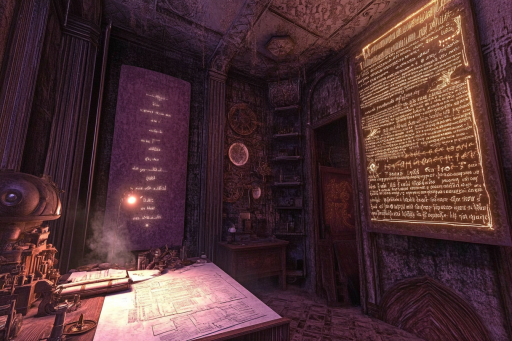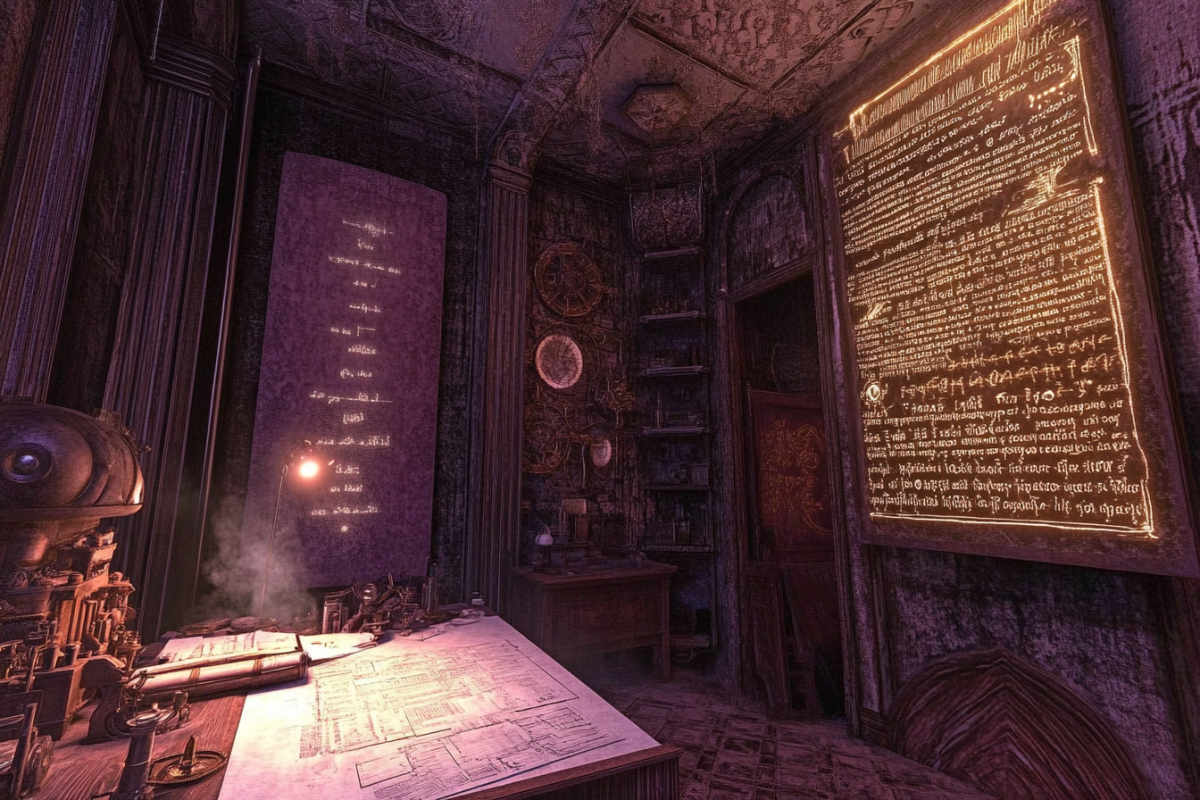
The ancient world was far more technologically advanced than we often assume. Archaeological discoveries have revealed complex machines that challenge our understanding of history, defying the technological limits of their time. Some of these mechanisms suggest lost knowledge, while others raise the possibility that early civilizations understood engineering in ways we have yet to uncover. Could these mysterious inventions hint at a forgotten chapter in human history?
The Antikythera Mechanism – An Ancient Computer

Recovered from a shipwreck off the coast of Greece, the Antikythera Mechanism is an intricate device believed to be over 2,000 years old. It features an advanced system of gears, seemingly designed to track celestial movements with astonishing precision. Experts say it functions like an early analog computer, but no other device like it has been found from that era. How did the ancient Greeks possess such advanced mechanical knowledge?
The Baghdad Battery – Ancient Electricity?

Discovered in Iraq, the so-called Baghdad Battery consists of a clay jar, a copper tube, and an iron rod. Some researchers believe it may have been used to generate a weak electric current, possibly for electroplating or medicinal purposes. If true, this would suggest that ancient civilizations had a functional understanding of electricity long before modern science. Was this an isolated invention, or part of a lost technological system?
The Roman Concrete Mixer – A Formula We Still Can’t Replicate

Ancient Roman concrete structures have withstood thousands of years, far outlasting modern concrete. Recent discoveries suggest the Romans used a unique process involving volcanic ash and seawater to create a self-healing cement. The exact method remains a mystery, as scientists struggle to fully replicate its durability. Could the Romans have unlocked a lost secret to indestructible construction?
The Greek Steam Engine – The Forgotten Power Source

Invented by the engineer Hero of Alexandria, the aeolipile was a steam-powered device that could spin using heated water. Though it functioned like an early steam engine, it was never developed into a practical power source. Had this technology been further explored, the Industrial Revolution could have arrived centuries earlier. Did ancient engineers glimpse the future but fail to harness its full potential?
The Pyramids’ Hidden Mechanisms – Engineering Beyond Their Time

The Great Pyramids of Egypt contain internal passageways and stone-cutting techniques that suggest an advanced understanding of engineering. Some researchers believe counterweight systems or unknown machinery may have been used to lift the massive blocks. Despite extensive study, how the pyramids were constructed with such precision remains unknown. Could lost machines or forgotten techniques have been responsible for their creation?
The Viking Sunstone – A Navigation Tool Unlike Any Other

Norse sailors are believed to have used the Viking Sunstone, a crystal that allowed them to locate the sun’s position even on cloudy days. Scientists have confirmed that certain types of calcite crystals can polarize light, effectively functioning as a primitive GPS. This suggests the Vikings had access to navigational tools centuries ahead of their time. Could this lost technology explain their incredible seafaring achievements?
The Damascus Steel Mystery – Metal That Shouldn’t Exist

Damascus steel swords, crafted in the Middle Ages, possessed a strength and sharpness unmatched by modern blades. The secret lay in their unique carbon nanotube structures—something metallurgists today struggle to replicate. The knowledge of how to forge this legendary metal mysteriously vanished. Did ancient blacksmiths have access to an unknown metallurgical process?
The Lycurgus Cup – Ancient Nanotechnology?

This Roman-era chalice changes color depending on the light—appearing green in normal conditions but glowing red when illuminated from behind. Scientists discovered that it contains nanoparticles of gold and silver, suggesting an advanced understanding of optics. This level of craftsmanship was centuries ahead of its time. How did Roman artisans achieve such microscopic precision without modern equipment?
The Mysterious Nazca Lines – Aerial Markings with Unknown Purpose

The massive Nazca Lines in Peru form intricate geoglyphs that can only be fully appreciated from the sky. Some believe they were created using simple tools and string, while others suggest advanced surveying techniques. The exact reason for their construction remains unknown—were they astronomical calendars, sacred symbols, or something more? Could these enormous earthworks have required technology we have yet to understand?
The Chinese South-Pointing Chariot – A Pre-Compass Navigation Device

Centuries before the magnetic compass, Chinese inventors built the South-Pointing Chariot—a mechanical device that always indicated south, regardless of turns. It functioned using a complex system of gears rather than magnetism. This incredible invention shows that ancient Chinese engineers had an intricate understanding of mechanical navigation. Could they have developed even more advanced devices that were lost to time?
The Ancient Egyptian Hand Drill – Precision Beyond Expectation

Archaeologists have found evidence that the Egyptians used high-speed rotary drills to carve incredibly precise stonework. Some cuts in granite are so smooth they suggest the use of powered tools. Yet, no written records explain how they achieved such precision. Could they have used machinery that has yet to be discovered?
The Byzantine Flamethrower – Greek Fire’s Deadly Mystery

Greek Fire was a terrifying ancient weapon used by the Byzantine Empire, capable of burning on water and sticking to surfaces like napalm. The device used to launch it functioned like an early flamethrower, but its exact mechanism has been lost. Modern scientists have never been able to fully replicate it. Could this weapon have been an early example of chemical warfare technology?
The Astronomical Calculator of the Incas – The Quipu Code

The Incas developed a system of knotted cords called quipu to record information. Some researchers believe it functioned as an early form of a binary counting system, much like a primitive computer. Despite its sophistication, the full meaning of the knots has never been deciphered. Could this be the key to unlocking a lost mathematical system?
The Mysterious Mechanisms of Puma Punku

The ancient ruins of Puma Punku in Bolivia feature massive stone blocks with intricate cuts and interlocking grooves. The precision suggests the use of advanced stone-cutting technology that should not have existed at the time. Some of the carvings resemble modern machine-made designs. Could this site hold evidence of an unknown lost technology?
The Forgotten Gears of Salamis – A Second Ancient Computer?

While the Antikythera Mechanism is famous, another mysterious set of ancient gears was discovered on the island of Salamis. These fragments, believed to be from a similar device, suggest that the ancient Greeks may have developed multiple mechanical calculators. The complexity of the gears rivals modern clockwork, yet historians remain uncertain about their purpose. Could this be evidence of an entire forgotten era of mechanical engineering?
Echoes of Forgotten Ingenuity

These mysterious machines challenge everything we think we know about ancient civilizations. Were they isolated achievements, or signs of lost knowledge far ahead of its time? If these technologies existed once, could they have been part of something even greater that history has erased? Perhaps the answers still lie buried, waiting to be rediscovered.





